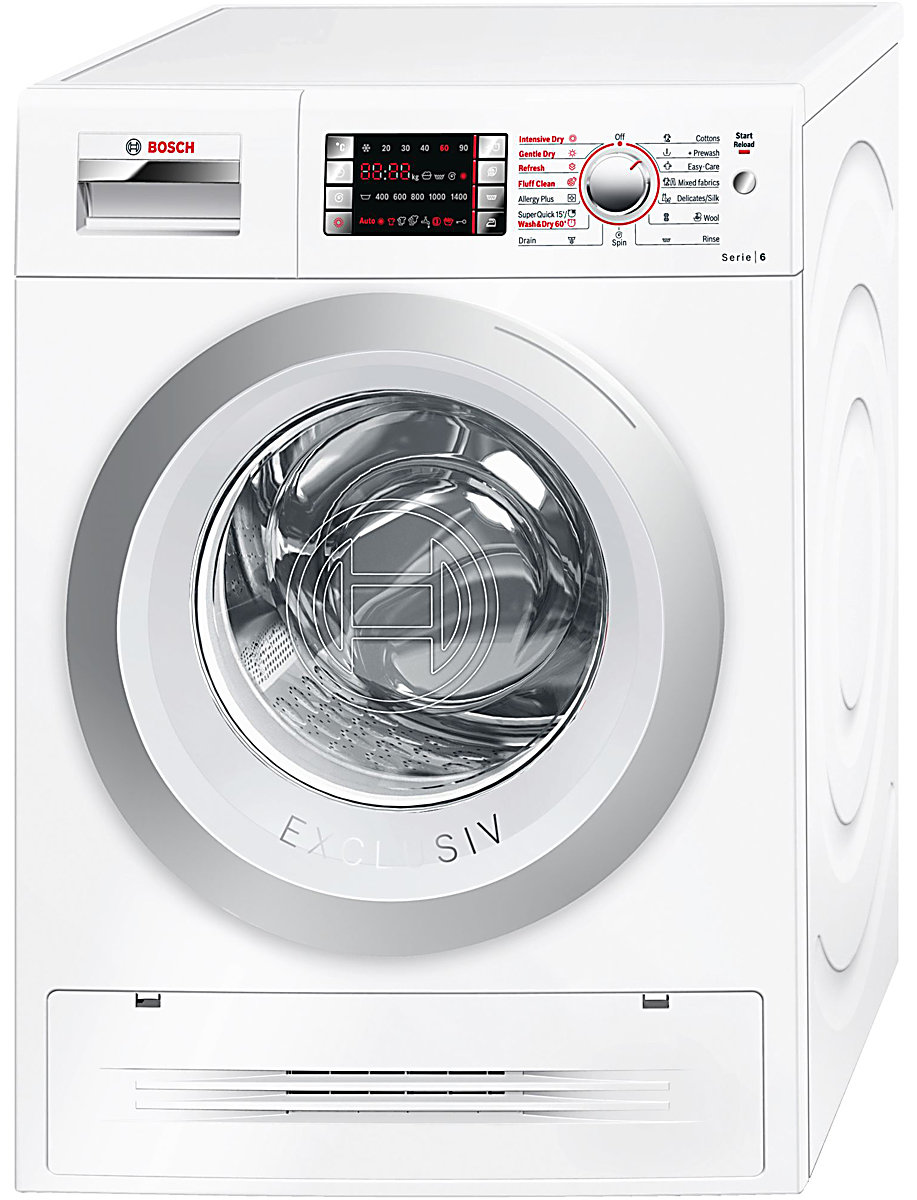
For unmatched washer repair services look no further than TechCare Appliance Repair. We proudly deliver Metro Vancouver with the highest standards of technical expertise, fast service, competitive pricing and friendly, courteous customer service.

For unmatched washer repair services look no further than TechCare Appliance Repair. We proudly deliver Metro Vancouver with the highest standards of technical expertise, fast service, competitive pricing and friendly, courteous customer service.
Our washer repair services (parts and labour) are fully guaranteed and we only use brand specific parts direct from the original manufacturer. We charge a simple flat rate service fee and you will never pay if we can't fix the problem. We follow these principals to remain at the forefront of providing the best possible appliance repair service to all of our customers across the Metro Vancouver region. Our company has grown primarily thought word of mouth as friends, family and businesses share their experiences using our washer repair services.
Thats right… We are fast! With service teams operating throughout Metro Vancouver on a daily basis we can usually offer same day washer repairs for home and business customers. Our service van are stocked with many of the most commonly used parts and our head office is located nearby with easy access to even more washer parts.
If you are looking for a washer repair company familiar with all front and top-loading models, no matter the brand or age, every make and model, for home or business, please feel free to contact us at your earliest convenience. We would be happy to discuss your washer repair questions over the phone, by email or through or online contact form. We will always offer free quotes and will never preform any work until you are completely informed of the work required and all costs involved with the repair.
In many cases the washer will stop draining due to a clogged drainage hose or due to an object caught in the draining pump. There are some cases when the draining pump is faulty and needs to be replaced.
A leaking washer is a common problem. Washers will leak due to a problem with the water inlet valve that isn't connected properly or just faulty, unfortunately these cannot be repaired and need to be replaced. There are times when the door seal is ripped or cracked and that would be the reason for the leaking washer.
One of the most common issues is the the washer won't spin. Unfortunately there are many parts to check that could potentially be the reason for this issue: The lid switch is faulty and its preventing the washer from spinning. The motor coupling is faulty, its job is to protect the motor and transmission but it can fail with time due to wear. Drive belt is probably the most common reason for a not spinning washer. The clutch, basket drive and transmission play important roles too…
If your washer wont start it might be due to a faulty control board – try pressing some buttons, if some work and others don't the control board is most likely needs to be replaced. Washer also wont star if there is a problem with a door switch that is preventing the washer to start if the door is open. A burned fuse or a faulty timer are also common reasons for a washer not to start.
When the washer stops in the middle of the cycle it is cause by a faulty water inlet valve. When the washer suppose to receive water from the water inlet valve but water is not entering the tub the washer will keep “waiting” and won't continue the cycle. A lid switch or a door switch could cause the washer to stop at mid cycle and might need to be replaced.
When the washer starts “dancing” around it is funny but not fun. Usually a shaking or vibrating washer caused due to one or more faulty shock absorbers. A suspension rod or a suspension spring also causing most washers to be shaky.
If your washer is overflowing it could be a problem with the water inlet valve or pressure switch. Even issues with your home or business water pressure could be the cause of washer overflow issues. Our washer repair technicians can help diagnose and repair any of these issues.
When we talk about washer agitation (agitate) it means the spin cycle… And it can get you agitated if your washer is not agitating. We quite often have to use an agitator repair kit that contains several of the key components. The agitator is usually located at the top of the agitator. A drive block connects the washer transmission to the agitator, it can be broken or loose. The motor coupling is another prime suspect.
Bangs, thumps, grinding? If your washer is making a loud noise you can be sure it has something to do with a bearing. But which one? There are two common bearings inside washing machines: the rear drum bearing or a tub bearing.